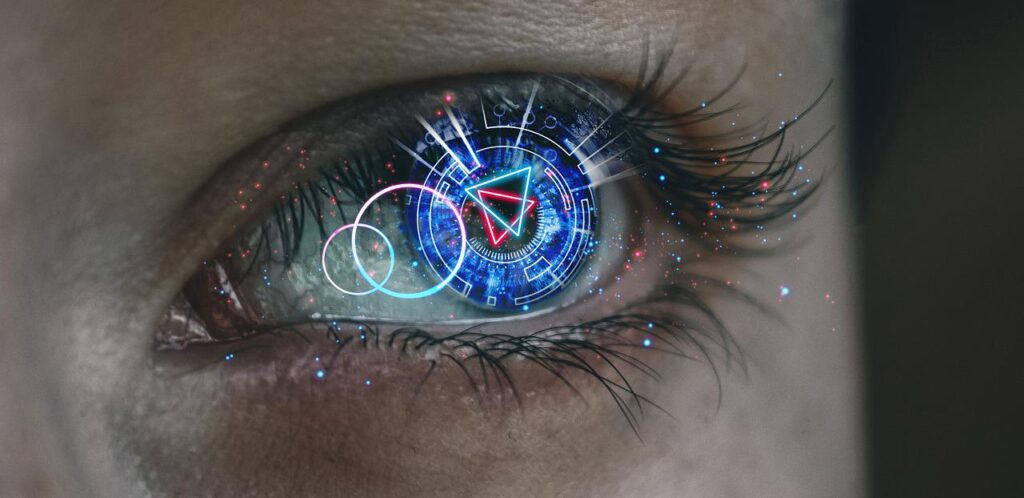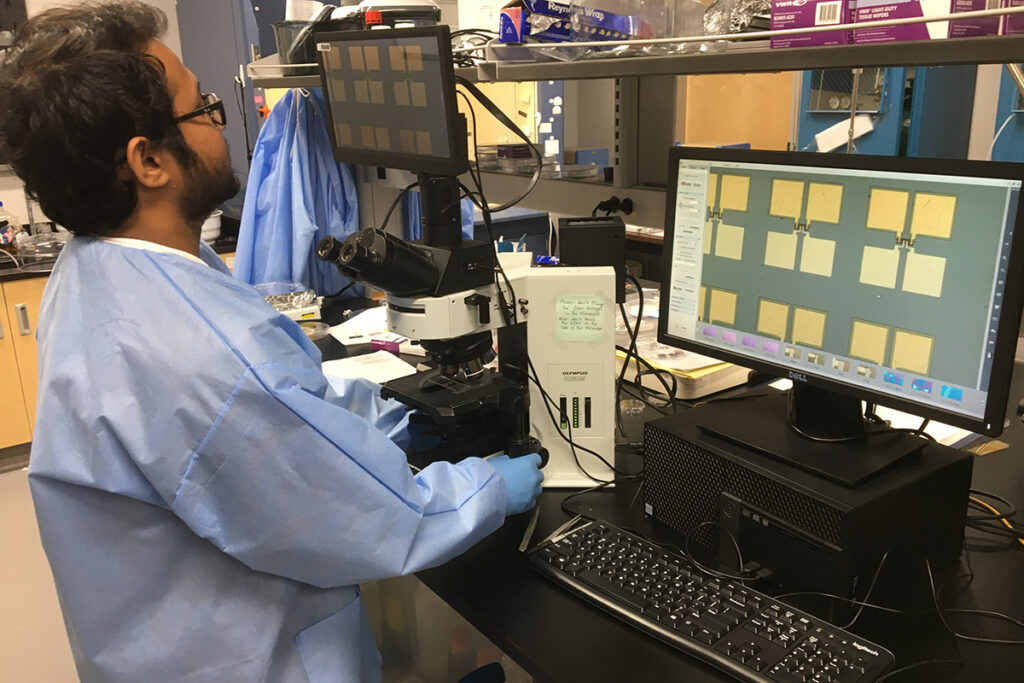New AI Device Replicates Retina of the Eyes: Applicable to Autonomous Cars and Robots
The new AI technology developed by the University of Central Florida researchers will give AI more precise capability. Creating the technology that replicates the function of the human eye’s retina can help AI identify what it sees immediately. It means that automated descriptions of photographs captured with a phone or camera will be distinguished quickly, which is necessary for self-driving cars and robots.
Better performance than human eyes
According to the study recently published, UCF researchers said their new technology performs better than the human eye. It can recognize a wide range of wavelengths, from ultraviolet to visible light to the infrared spectrum, a broader range of wavelengths than the human eye can identify.
Further, the technology combines three operations, which makes it unique. The currently available intelligent image technology in self-driving cars is sensing, data processing, and memorization. But, according to the researchers, self-driving vehicles do these actions separately.
The researchers integrated these procedures into their newly designed technology, making the process faster. Moreover, they fit many devices into the one-inch wide chip, creating a very compact device.
The study’s principal investigator, Tania Roy, said it would change how AI is perceived. Ms. Roy is UCF’s Department of Materials Science and Engineering and NanoScience Technology Center’s assistant professor. She said their technology is in the area of in-sensor computing in a single device, running on one platform.
The new technology expands their previous work of brain-like devices allowing AI to work in remote spaces and regions. Since they did not feed the image directly in their previous work, the new addition made the synapse-like device function like a camera’s smart pixels, which sense, process, and recognize images simultaneously.
This will add versatility to self-driving cars, as the device will help the vehicle drive safely in various conditions, particularly at night, said Molla Manjurul Islam, the study’s lead author. In addition, with their new imaging device, self-driving cars can see more wavelengths, allowing the vehicle to see and recognize every condition.
The secret to this new technology is engineering the nanoscale surfaces, which are made of platinum ditelluride and molybdenum disulfide. The technique prepared the elements to sense and process multi-wavelengths.
Testing the device
The researchers reported that they tested the device’s accuracy by making it sense and recognize different wavelength images. For example, one was an ultraviolet number 3, while the other image was an infrared one, the mirror image of the number three digit. When placed together, the two images formed the number 8. Their test showed that the device could identify the number 3 in ultraviolet and 8 in the infrared wavelength. Currently, the researchers can get 70 to 80 percent accuracy, which assures them that the device can replicate the accuracy once integrated into hardware.
Impact on robots
The device, which works similarly to the bionic eye of the main character in the sci-fi movie, Terminator, will significantly help AI robots. It can transmit information instantaneously to the robot’s brain. In addition, adding the technology to robots’ existing hardware will increase the robots’ intelligence.
Robotic engineers could likewise use the technology to develop robots that can perform tasks that are more complex so they could be self-sufficient.
The versatile device, which the researchers have yet to name, will be available for robot and vehicle manufacturers in five to ten years.

